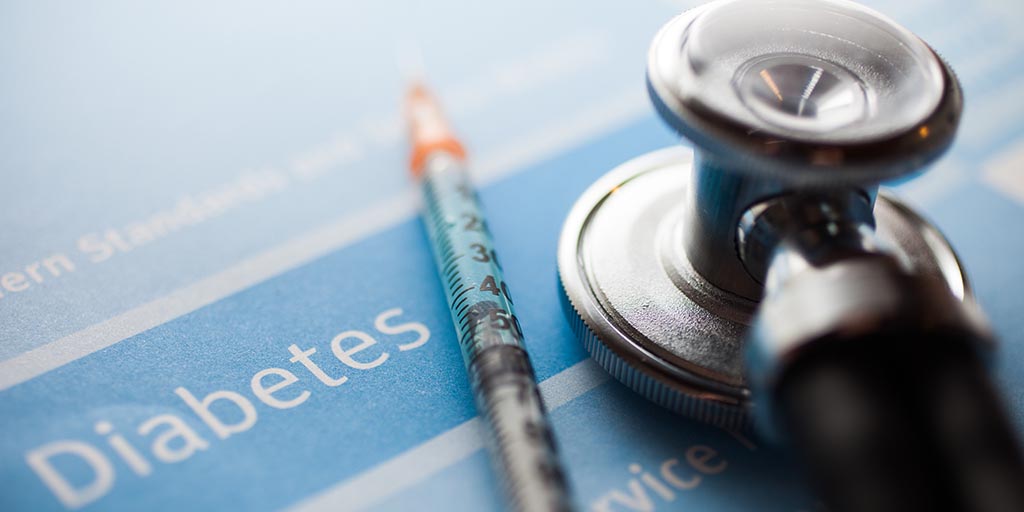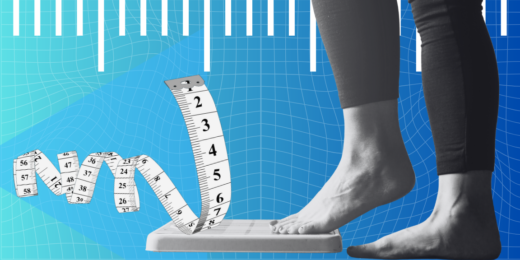This year, the U.S. Food and Drug Administration is expected to approve islet transplants as a treatment for people with type 1 diabetes. The transplants, which deliver insulin-making cells to replace those lost to the disease, have been classified as experimental in the United States since they were first performed more than 20 years ago.
Islet transplants hold great promise for treating type 1 diabetes, especially for what's colloquially known as "brittle diabetes," in which patients have a lot of difficulty safely managing their blood sugar with insulin injections, said Stanford interventional radiologist Avnesh Thakor, MD, PhD, who conducts research on islet biology and transplantation.
Nearly 1.6 million Americans have type 1 diabetes, and more than 70,000 are likely to be good candidates for islet transplant.
But islet transplants come with a unique set of technical challenges, including ensuring that the cells get enough oxygen to stay alive after transplantation. Thakor's team recently addressed this issue in a paper published in Advanced Functional Materials.
Type 1 diabetes interferes with the body's ability to regulate blood sugar. Early in the disease, the immune system attacks insulin-producing beta cells within the pancreatic cell clusters called islets; this stops the beta cells from manufacturing the sugar-regulating hormone insulin.
Transplanting healthy islets from a deceased donor offers the opportunity for patients to experience something pretty close to a cure for diabetes, although they must take immune-suppressing drugs to keep the new islets safe.
However, islet transplants face complexities that other organ transplants do not.
"When you transplant islets, it's not like transplanting a solid organ such as a heart or kidney," Thakor told me. During a solid-organ transplant, the organ's blood vessels are surgically connected to the patient's circulatory system. Right away, the transplanted tissue gets good blood flow and plenty of oxygen.
With an islet transplant, it's different. In a healthy person, the hormone-producing cells that regulate blood glucose are scattered in little clumps or "islands" (hence their name) throughout the pancreas. Transplantation involves isolating just the islets from the pancreas of a deceased donor and injecting them into the recipient's liver. (Transplanted islets aren't injected into the pancreas because the pancreas is a finicky, fragile organ that also manufactures digestive enzymes. If you disturb the pancreas, it tends to start digesting stuff. Not good.)
The transplanted islets set up shop in the liver, with new blood vessels gradually growing around them.
"When we inject them, we just sort of pray and hope they will get a new blood supply in time to keep them alive, and that's a problem," Thakor said. Around 60% of transplanted islets die in the first two weeks after transplantation because they haven't yet established a blood supply and therefore don't get enough oxygen.
So Thakor's team devised a bioscaffold that gives the islets a safe, steady oxygen supply until new blood vessels grow. The scaffold is sort of like a high-tech Jell-O salad: squishy stuff with other stuff embedded in it. The Jell-O-like part is made from collagen, which is advantageous because it won't trigger an immune response.
The scaffold has pores big enough for the islets to nestle into, as well as smaller micropores that can guide blood vessel regrowth. And, in the team's most important innovation, the researchers embedded an oxygen-generating material called calcium peroxide into the scaffold. After transplantation, the calcium peroxide gradually breaks down, giving the cells a steady oxygen supply for about two weeks.
The researchers tested their bioscaffold in diabetic mice, implanting scaffolds containing islets in one fat pad of each animal. Compared with animals who received traditional injections of islets, or animals who got islets in bioscaffolds that lacked calcium peroxide, the animals that received implants of islets in oxygen-generating bioscaffolds had the best blood glucose control at two, three and four weeks after transplant.
Thakor's team hopes to expand even further on what the bioscaffold can do. For instance, they are also exploring the possibility of embedding stem cells into the scaffold to encourage growth of new blood vessels to the islets. Another possibility is embedding nanoparticles that could release amino acids and other nutrients for the transplanted islets.
"We're concentrating on how to help the maximum number of islets survive the transplant procedure," Thakor said. "We want to optimize the microenvironment for these cells to facilitate their engraftment, survival and function in the patient."
Image by Minerva Studio




